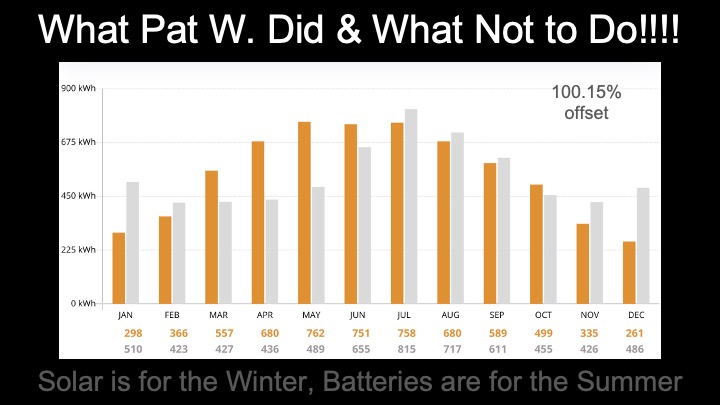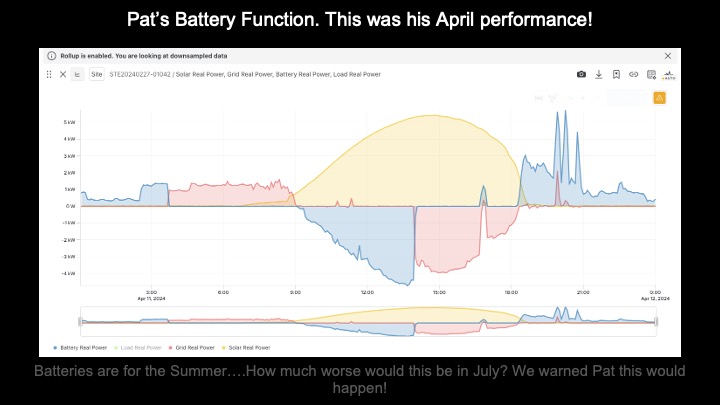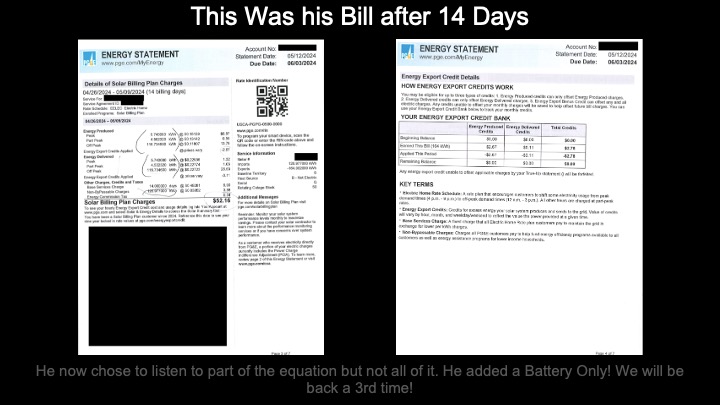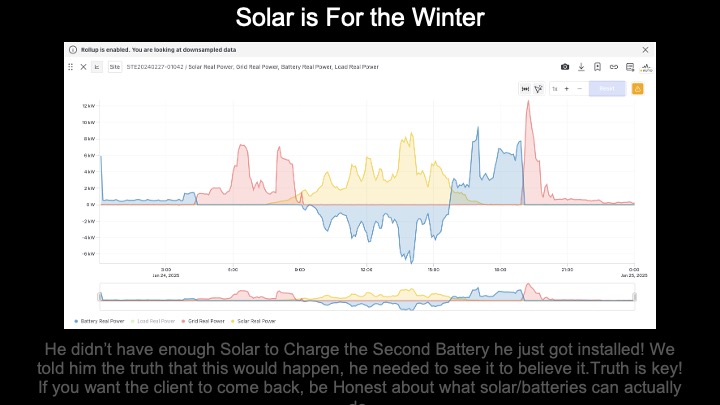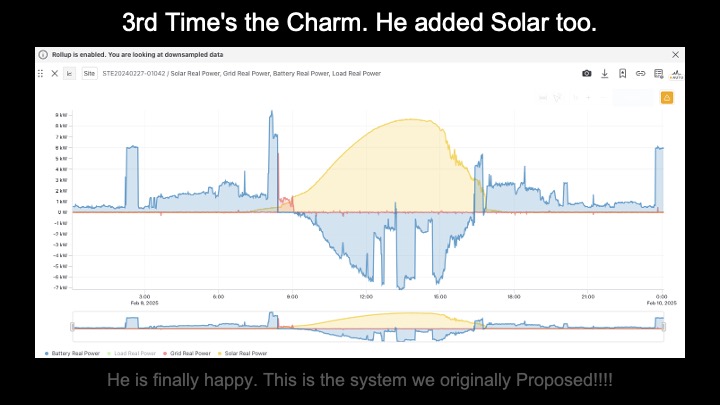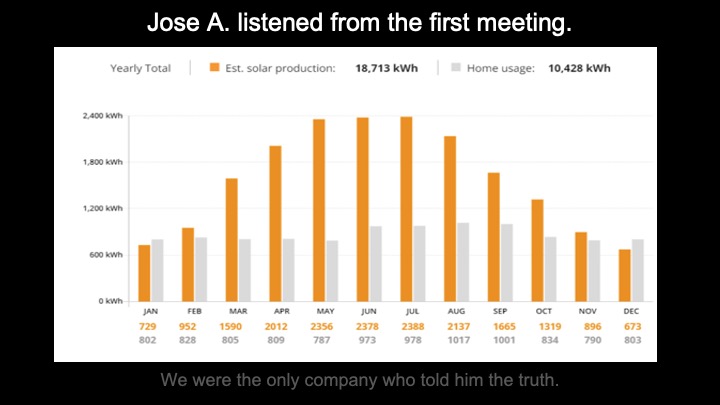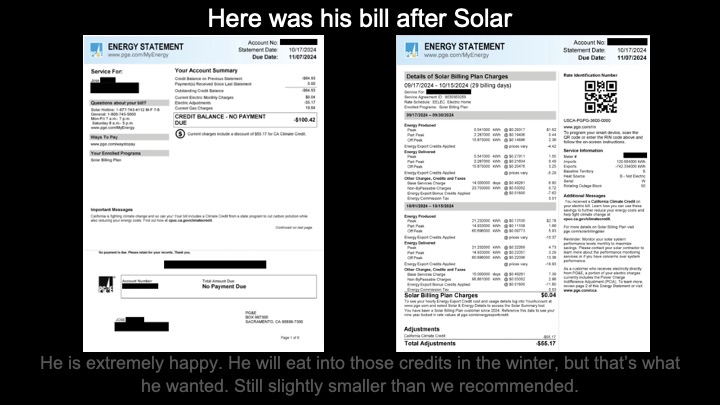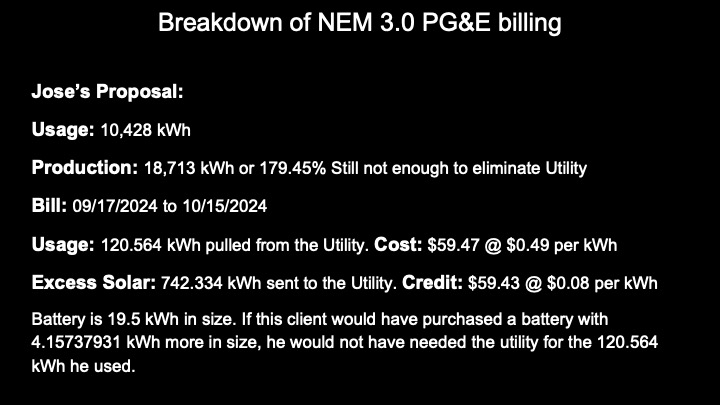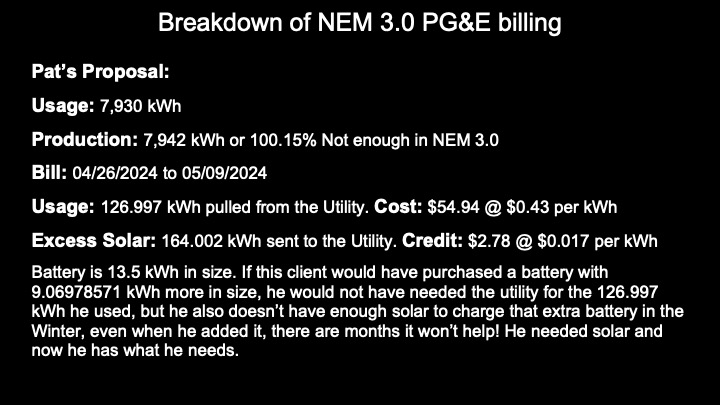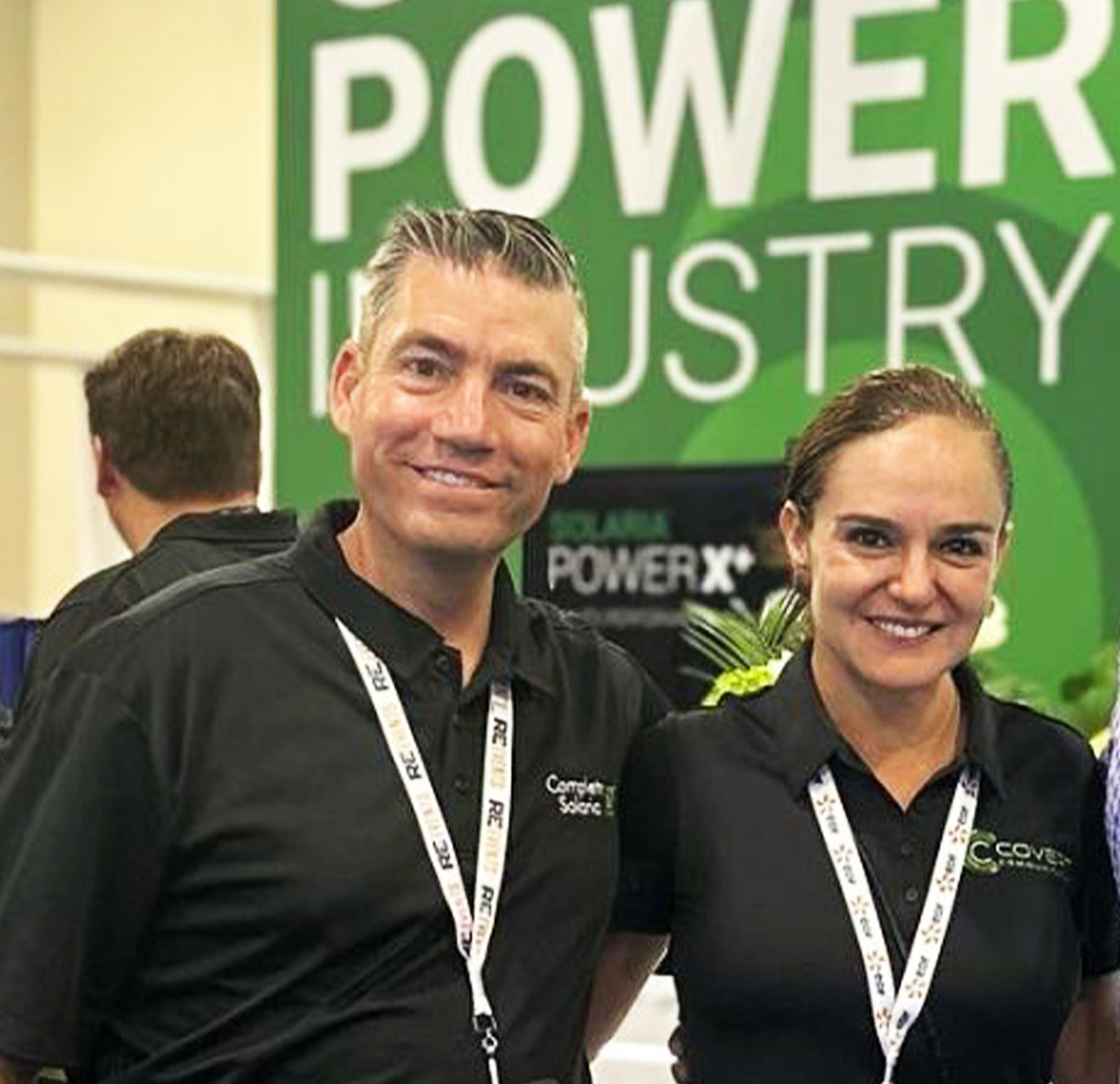Ambrose Solar’s Tale of Two Installs: Smarter Solar + Storage in the NEM 3.0 Era
When it comes to designing solar + storage systems that actually work, few people understand the details better than Dylan at Ambrose Solar. I’ve worked with the Ambrose team for years, and what sets them apart is simple: they design for real life—not spreadsheets, not sales targets.
In today’s NEM 3.0 landscape, that difference matters more than ever. Too many systems are still being sold on outdated assumptions: annual offset instead of seasonal needs, batteries sized on shoulder-month averages, and sales pitches built around lowest-price wins rather than long-term performance.
That’s why I wanted to share this conversation with Dylan—a true pro who’s seen the pitfalls of “fast solar” versus what it takes to build smart, sustainable energy systems. In this case study, you’ll see exactly why the right design mindset makes all the difference between a frustrated customer… and one who’s thrilled with their solar investment.
Anna: Dayne, let’s talk about Pat W.—a client who was sold a “100% offset” system that looked good on paper but didn’t actually work for his lifestyle.
Dayne: Yeah, Pat’s system technically produced 100.15% of his annual usage, but month-to-month it was totally out of sync. He was underproducing in the winter when he needed energy most and overproducing in the summer—with no battery to store it or strategy to shift his load.
Anna: So basically, sold on averages, not actuals.
Dayne: Exactly. His system was designed for the utility spreadsheet, not the real world. It ignored seasonal usage trends, interval data, on-peak pricing, and worst of all—what NEM 3.0 does to your bill if you don’t manage your load and storage smartly.
Pat’s April Usage
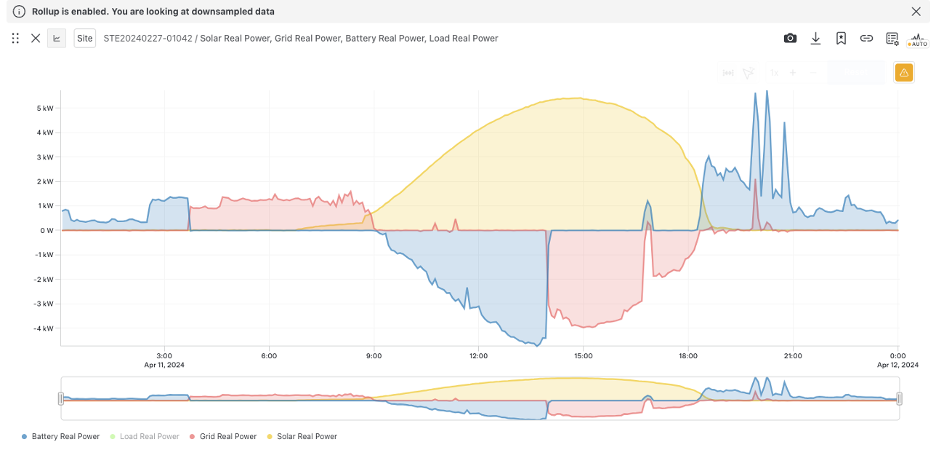
Pat’s January Usage
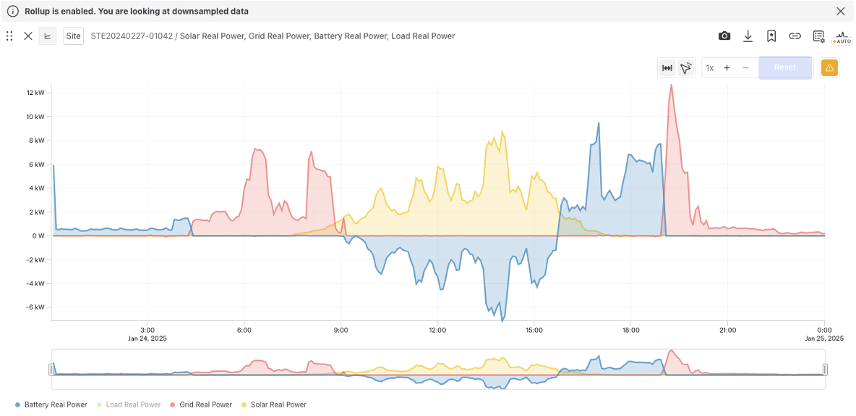
The Interval Data That Told the Truth
Anna: I want to pause here and walk people through how to actually read interval data. This is exactly why battery sizing can’t be based on guesswork—or springtime averages.
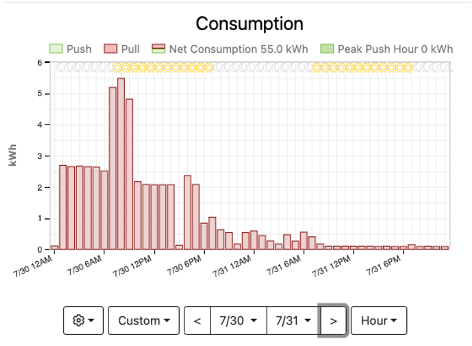
Dyane: Right. Here’s a good example. This client had a proposal from another company that did use interval data—but they totally missed summer usage. And that’s a big deal. Most people use way more energy at night in the summer.
Look at this: in April, the client’s nighttime use was only 4.9 kWh. But in July? It spiked to 55 kWh. If you sized the battery based on April, you’d recommend a 5 kWh battery—which would’ve been a disaster.
This value isn’t Pat’s data, but we used his story to explain it. Our rep wanted to match the competitor’s offer, and I told him, Fine—but you have to show the client Pat’s story and explain what’s about to happen if they go that route.
We didn’t have this level of software when Pat went solar, but we do now—and it makes a big 10x difference! If we had followed that April logic, Pat would’ve been furious come summer. This is why I always say, Batteries are for the summer. You’ve got to size them based on peak seasonal demand, not the shoulder months.
Pat’s Partial Fix… and the Power Bill to Prove It
Anna: Pat didn’t want to change the solar part—just added a battery instead. How’d that go?
Dayne: Predictably bad. After 14 days, he got a $52.16 bill, even though his system was offsetting his annual usage. He was still pulling from the grid at $0.43/kWh and earning just $0.017/kWh for what he exported.
Anna: So he was paying 25x more to buy power than he was getting to sell it.
Dayne: That’s NEM 3.0 in action. Solar alone doesn’t cut it anymore—especially when it’s misaligned with demand. And battery-only without proper solar support? Equally ineffective.
Meanwhile: Jose A. Did It Right
Anna: Now let’s contrast that with Jose A.—who listened from the first meeting.

Dayne: Yes! Jose let us model his interval data, analyze his usage curve, and design accordingly. He installed:
- 18,713 kWh solar production
- 10,428 kWh usage
- 19.5 kWh battery
Technically, he still pulled 120.564 kWh from the grid, but the system was designed to overproduce during high-yield months. That month, he sent 742+ kWh back and earned $59.43 in credits, nearly matching his usage cost.
Anna: And how was his bill?
Dayne: A credit balance of -$100.42 and no payment due. That overproduction was part of the strategy. Jose wanted to build up credits for winter—and that’s exactly what the system was designed to do.
Third Time’s the Charm
Anna: Pat eventually came back—again—right?
Dayne: Third time’s the charm. After trying two batteries and no improvement, he finally agreed to install what we originally proposed: the right balance of solar and storage, based on seasonal behavior and interval load. Now? He’s happy.
Pat’s Final System
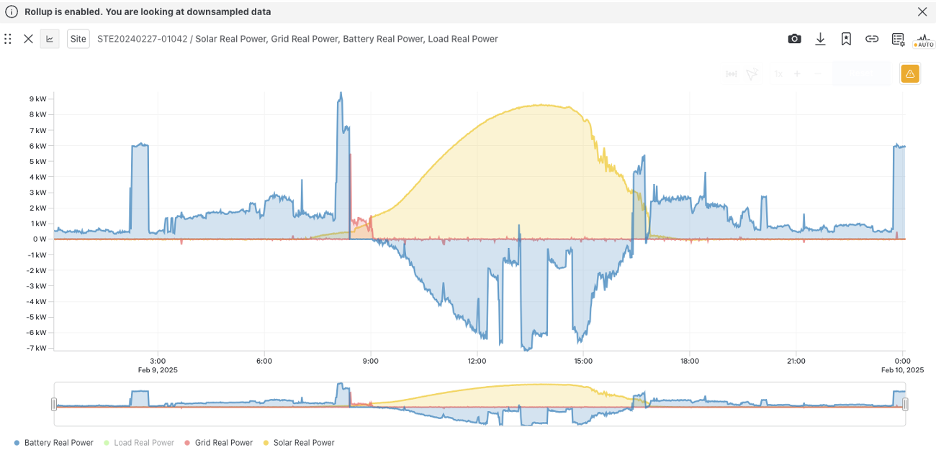
Anna: So what’s the final takeaway?
Dayne: Solar is for the Winter. Batteries are for the Summer.
Offset means nothing without alignment. Design the system around the client’s behavior, not the utility’s incentives. And tell the truth—even if it’s harder to sell up front.
Final Thoughts: The Difference Between Good Solar and Fast Solar
The contrast between Pat and Jose isn’t just about kilowatt-hours or billing math—it’s about approach. Pat was sold a promise. Jose was given a plan. One followed pressure and hype. The other followed data and education.
And that’s the difference between a solar bro and a real solar professional.
The best solar companies don’t just install panels—they build long-term energy strategies based on honesty, transparency, and real-world usage. They take the time to analyze interval data, discuss tradeoffs, and design systems that work across seasons and billing structures—not just for the sales chart this month.
When you lead with truth over tactics, something remarkable happens: your customers trust you. They refer you. They come back. And most importantly, their systems actually work.
But not every company plays by those rules.

